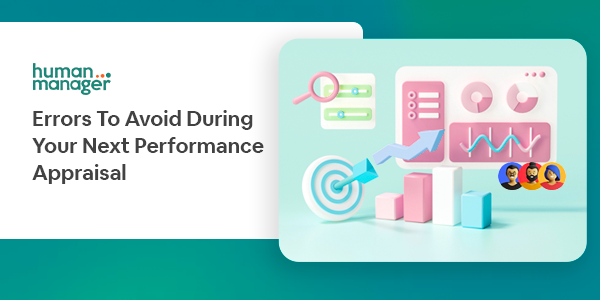Performance appraisals have proven to be one of the best ways to improve employees’ productivity and enhance outcomes. This periodic evaluation of staff performance provides feedback on their strengths and weaknesses, enhances subsequent output, helps identify and reward high-performing members of staff, and determines appropriate salary upgrades.
Despite its numerous benefits, a lot of mistakes — sometimes known as rater errors — from a supervisor’s biased viewpoint can result in low morale, anxiety, poor job satisfaction, or even loss of job. It is therefore pertinent that supervisors, managers, and human resources personnel understand these biases and how to eliminate them during appraisal exercises.
These few points present some of the pitfalls that must be avoided and how to overcome them:
1. Central Tendency/Favoritism/Grouping
Challenge: The appraiser rates staff in a not-too-good or not-too-bad category. This is unfair to employees who really deserve a higher grading.
Solution: Establish and agree on SMARTKey Performance Index (KPI) at the beginning of the appraisal period and evaluate performance against these goals. Also, document observable behaviour over the entire performance cycle.
2. The Halo/Horns Effect
Challenge: Occurs when the appraiserallows specific positive or negative factors related to the employee’s work affect the overall assessment of performance.
Solution: Track and document performance based on agreed KPIs daily, weekly, monthly, bi-annually, or annually. Identify specific behavioural attributes that support your ratings and be sure that none is influenced because it is particularly admirable or irritating.
3. Bias/Comparison/Holding a Grudge
Challenge: This is when the appraiser makes an employee suffer for past behaviour, irrespective of the positive output at work or when the appraiser judges the employee based on factors like state of origin, gender, religion, age, disability, weight, height, marital status, etc.
Solution: Focus on the employee’s work, not on personal matters, unless those personal matters affect the work of the employee. Check your perceptions for accuracy, fairness, balance, and consistency.
4. Recency
Challenge: This occurs when an appraiser rates only recent performance, good or bad.
Solution: Keep track of performance and document observable behaviour over the entire performance cycle to get a balanced view. Ask others for their observations of the employee to see if they have different views.
5. The Sunflower Effect
Challenge: This is when an appraiser rates employees high regardless of performance, to make themselves look good or to be able to give more compensation.
Solution: Employees can justify ratings through tracked comments across set approval workflows for various levels.
6. First Impression Error
Challenge: This is the rater’s tendency to let their first impression of an employee’s performance carry too much weight in the evaluation of performance over an entire rating period.
Solution: Appraisals should support regular feedback, reports and trend analysis to help line managers and HR track employee’s rating over a period.
7. Concluding appraisals without feedback for improvement
Challenge: Employees do not get comprehensive feedback after the appraisal exercise.
Solution: Use an automated appraisal system that allows for feedback. Always provide unbiased feedback about employees’ strengths and weaknesses, and even suggest helpful measures to boost outcomes.
Appraisal errors can cause your entire performance review programme to lose credibility among your employees. Consistent analysis of the process can help avoid this situation!
With HumanManager, you can enjoy a seamless and efficient performance management process that suits interactions within your organisation among employees at all levels, as well as in the physical and virtual workspace. HumanManager makes it a lot easier to achieve your organisational goals.
Ready for a topnotch appraisal? Get started at www.humanmanager.net.
